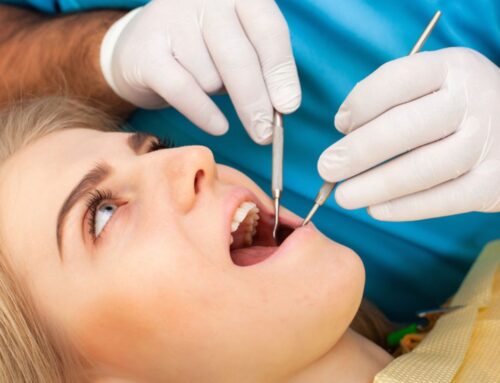
Most individuals have never heard of malocclusion, but it is a prevalent dental problem. In fact, according to some studies, 3 out of 4 people will suffer from some form of malocclusion during their life span. So what is it? And more importantly, how do you know if you have it?
What is Malocclusion?
Malocclusion is a term used to describe a misalignment of the teeth. It occurs when the teeth are not in alignment. It can be caused by a plethora of factors, including genetics, bad habits, and injuries. If left untreated, malocclusion can lead to various dental and health problems, including difficulty brushing and flossing, an increased risk of tooth decay and gum disease, and even jaw pain.
Types of Malocclusion
There are three main types of malocclusion:
Class 1 malocclusion is the mildest form of the condition. It is characterized by a slight misalignment of the teeth. Most people with class 1 malocclusion don’t require treatment.
Class 2 malocclusion, also known as an overbite, occurs when the top teeth protrude beyond the bottom teeth. This can cause several problems, including difficulty chewing and speaking clearly.
Class 3 malocclusion, or underbite, is the opposite of class 2. In this case, the bottom teeth protrude further than the top teeth. This can lead to problems with biting and swallowing and can also cause the jaw to shift out of alignment.
If you think you may have malocclusion, it’s vital to see a dentist for diagnosis and treatment. A dentist can help you determine the severity of your condition and recommend the best course of treatment.
How to Know if You Have a Malocclusion?
The best way to know if you have malocclusion is to visit a dentist for an evaluation. A dentist can diagnose the condition and recommend the best course of treatment. Don’t hesitate to seek help if you are concerned.
Early diagnosis and treatment are the bests way to prevent dental and health problems down the road.
Here are some symptoms to look for:
- difficulty chewing or speaking
- abnormal jaw alignment
- protruding teeth
- crowded teeth
How is a Malocclusion Treated?
Malocclusion can be treated in a variety of ways, depending on the severity of the condition. Treatment options include braces, retainers, and surgery.
What are the Benefits of Treatment?
Treatment for malocclusion can improve your oral health and appearance. It can also help you bite and chew more effectively and strengthen your jaw alignment. Treatment can also help prevent future dental and health problems.
If you’re considering treatment for a malocclusion, talk to your dentist about your options. They can help you choose the best course of treatment for your individual situation.
Are there Any Risks Associated with it?
Yes, there are dangers associated with having a malocclusion. Untreated malocclusion can lead to a slew of dental and health issues.
The following health issues may arise as a result of untreated malocclusion:
- Tooth decay
- Periodontal disease
- Tooth loss
- Jaw joint problems
- Headaches
- Migraines
If you think you may have malocclusion, don’t wait to seek treatment. The sooner you start treatment, the better your chances of preventing dental and health problems down the road.
Best Dentists in Harrisburg
Malocclusion is a common dental issue affecting millions of people each year. But, if you’re not sure whether or not you have it, we can help. Call Icard & Strein Family Dentistry today to book an appointment and learn more about malocclusion and how to treat it.
Our Harrisburg NC Dentist Office
To learn more about dental treatments from Icard & Strein Family Dentistry, or to schedule an appointment, call our Harrisburg, NC dental office today at 704.455.5003.



